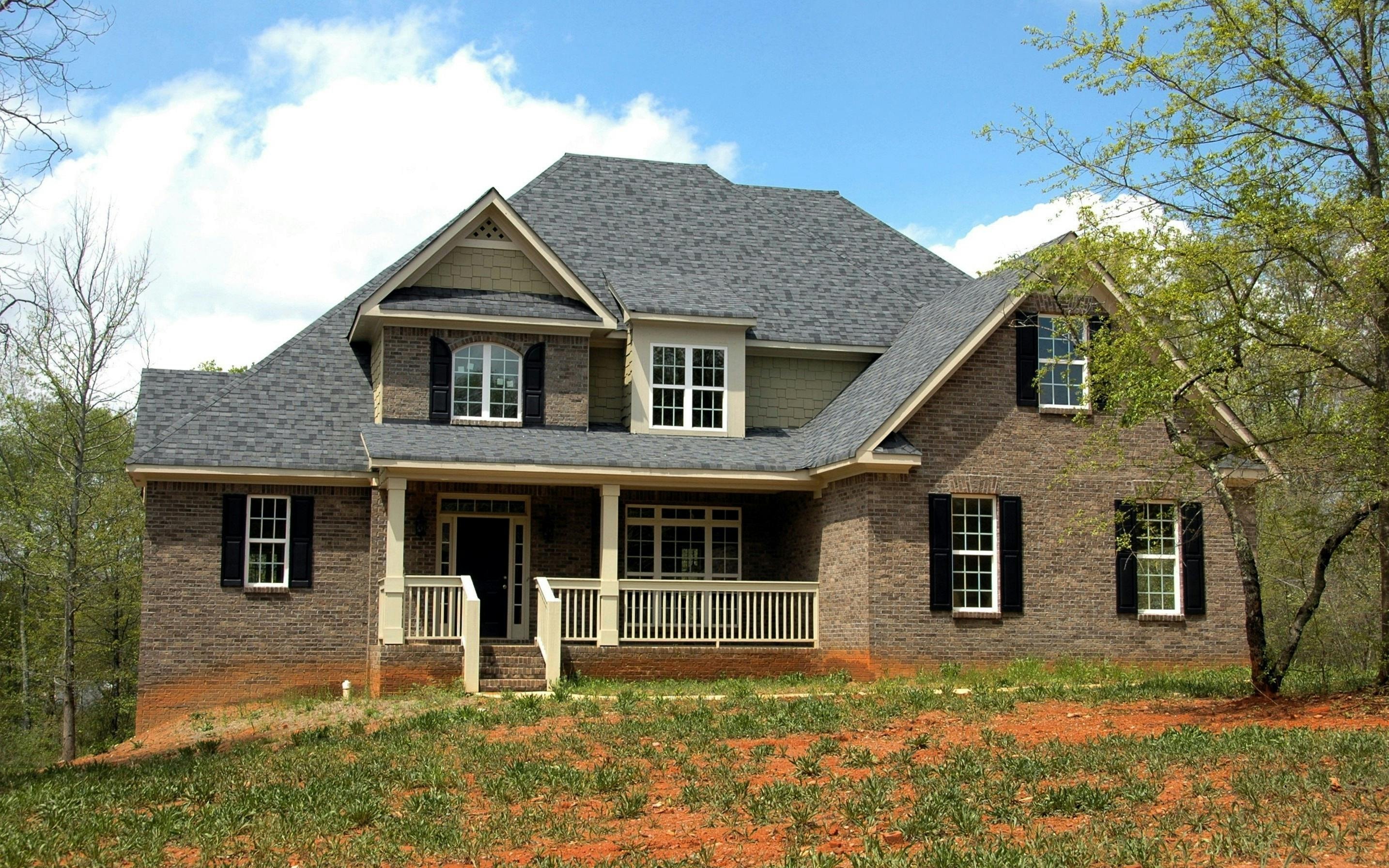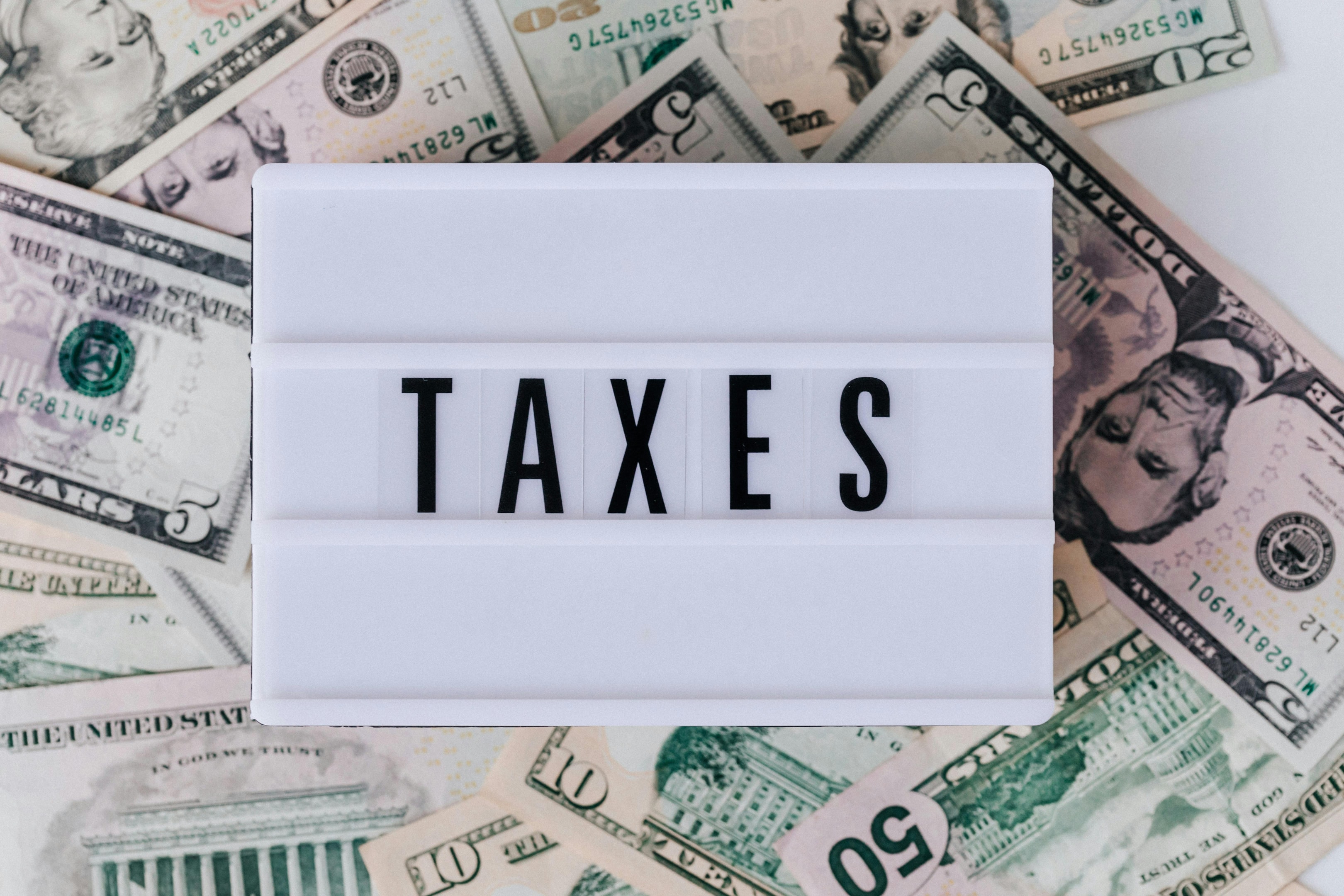Property Valuation: The Complete Investor's Guide to Understanding Real Estate Value
Introduction
Let's be real—if you don't know how to properly value real estate, you're setting yourself up to lose money. Property valuation is one of those foundational skills that separates smart investors from gamblers. It's not just about picking a number—it's about understanding what makes a property worth what it's worth. And once you get that part right? You can buy better, negotiate stronger, and exit with higher profits. In this guide, we'll dive into everything you need to know to master property valuation—from the key methods to common pitfalls and real-world tools used by top investors.

What Is Property Valuation?
Property valuation is the process by which real property is valued to establish its current fair market value. This process determines the value of real property for investors assessing deals, lenders calculating risk, and appraisers assigning a price tag.
The Difference Between Market Price and Market Value
Market price is the amount someone actually paid, while market value is the estimated worth based on data, condition, and trends. Think of it like this: price is what's on the receipt; value is what something is truly worth.
Who Uses Property Valuations?
Real estate investors (to buy right)
Lenders (to assess collateral)
Appraisers (to issue a professional valuation report)
Insurance companies (to calculate replacement cost)
County assessors (to determine value for each tax year)
Property owners (to understand, report, and manage their property's value)
The owner is responsible for understanding their property's valuation and, if necessary, contesting it to ensure accuracy and fair taxation. If you're in real estate, you're in the valuation business—whether you realize it or not.
Common Methods of Property Valuation
There's no one-size-fits-all here. The choice of valuation method often depends on the class of property and whether a property-based or market-based approach is most appropriate. Different situations call for different approaches. Let's break them down.
Sales Comparison Approach (SCA)
This is the go-to method for residential property. It's all about comparing your subject property to recent nearby sales—aka "comps." Key criteria include the same neighborhood or subdivision, similar size (within 10-20% square foot), comparable condition and style, and similar features such as bed/bath count, garage, or pool. The sales comparison approach relies on analyzing properties with similar characteristics, such as size, construction, and location, to determine accurate market value. Reviewing recent sales data of comparable properties is essential for establishing a reliable estimate of your home's value.
Income Approach
Primarily used for income-generating properties such as apartments and other commercial properties, the income approach calculates value using the formula: Value = Net Operating Income (NOI) ÷ Cap Rate. For example, if a fourplex nets $40,000 per year and the local cap rate is 8%, the property's value would be $500,000.
Cost Approach
Used when the property is unique or has no comps (e.g., new construction, rural homes), the cost approach calculates value as the land value plus the replacement cost of the building minus depreciation. This method separates the building's replacement cost from the land value and is commonly used by insurance companies to determine accurate property valuation.

Factors That Influence Property Value
Valuation isn't just math—it's part art, influenced by many factors. Details such as property history, upgrades, and neighborhood amenities can significantly affect the valuation.
Location, Location, Location
This cliché exists for a reason. A $200k home in a top-tier school district might be worth only $120k in a declining area.
Condition and Age
Renovation can significantly improve a property's condition and value. Renovated properties fetch higher prices, while dated, distressed, or poorly maintained homes can see a steep drop in value.
Market Trends
Are prices in the area going up? Is inventory tight? Are interest rates affecting buyer affordability? When there are more buyers in the market and inventory is limited, home values often increase as buyers are willing to pay more to secure a property. To learn more about relevant trends to evaluate, read Top Real Estate Marketing Data Trends and Insights for 2025.
Supply and Demand
High demand + low inventory = seller's market and higher prices. Too much inventory? It's a buyer's market. These shifts directly influence how quickly homes sell and at what price point, making it crucial for investors to monitor supply and demand trends closely. Understanding these dynamics helps you anticipate market movements and make informed buying or selling decisions.
External Factors
Nearby crime rates, schools, public transport, employment hubs, and even future zoning plans all play a role. These external factors can significantly influence a property's desirability and, consequently, its market value.
How to Estimate Property Value as an Investor
You don't need to be an appraiser to do this well. But you do need a game plan. As an investor, you can use an online estimator tool or home value estimator tool to search for property values by entering the property's address. These tools are updated regularly to reflect the latest market data, helping you get accurate and current estimates for your investment decisions.

DIY Tools vs Professional Help
Use free or paid platforms to get started
Get an appraisal when financing or selling: Professional appraisals provide the most accurate valuation of your property and include a detailed report that meets industry standards.
Use hybrid approaches for wholesale/flip deals
Using Comps Like a Pro
Stick to:
Sales within 3–6 months
1-mile radius (or same zip/subdivision)
Same construction era (within 10 years)
AVMs (Automated Valuation Models)
These include:
Zillow Zestimate
Redfin Estimate
AVMs provide a quick home value estimate using available sales and listing data. However, the data used by AVMs is only as current as the most recent date of available sales and listings. They're great for a ballpark figure but should never be your final number. Always verify with your own analysis.

Professional Property Appraisal
A licensed appraiser is an expert in valuing real and personal property, providing the most reliable valuation. Appraisals must comply with standards to ensure accuracy and credibility.
What They Look At
Appraisers consider several key factors when valuing a property, including the square footage, quality of construction, location, recent sales of comparable properties, and any improvements made to the property.
How to Prepare
To prepare for an appraisal, property owners should provide receipts for any upgrades, ensure access to all rooms, clean and declutter the space, and share a list of comparable properties if it might be helpful to the appraiser.
Property Valuation for Different Investment Strategies
Flipping
When flipping a property, you need to determine the After Repair Value (ARV) to reverse-engineer your offer. The formula to calculate your maximum offer is: Max Offer = ARV minus Repair Costs minus Desired Profit. This ensures you leave enough margin to cover expenses and make a profit after the renovations. To learn more about the process of flipping houses, see How to Flip Houses Successfully: Essential Tips and Common Pitfalls.
Wholesaling
In wholesaling, you are selling the contract to buy the property, not the house itself. Therefore, your offer must leave enough room for the end buyer to profit, meaning you need to price the contract attractively while ensuring your own gain. For tips on being successful in this real estate niche, see Best Practices for Property Wholesalers: A Complete Guide to Success.
Buy and Hold
For buy-and-hold investors, the key numbers to focus on include the capitalization rate (cap rate), cash-on-cash return, monthly cash flow, and the long-term appreciation potential of the property. These metrics help assess the ongoing profitability and growth potential of the investment.
Using Property Valuation for Risk Assessment
Valuation helps you protect your downside.
Loan-to-Value Ratio (LTV) and Creating a Safety Buffer
Lenders use the loan-to-value ratio (LTV) to set rates and approve funding, with a lower LTV indicating that you're bringing more equity to the table. Savvy investors always build in a safety buffer—whether for rehab costs, market downturns, or tenant vacancies—to ensure they have wiggle room and protect their investment. Combining a strong equity position with prudent margin planning helps mitigate risks and positions you for long-term success.

Property Valuation in Commercial Real Estate
This gets a bit more technical. Shopping centers are a common type of commercial property that require specialized valuation approaches. When valuing such properties, the net operating income (NOI) and capitalization rate (cap rate) are key metrics. Important data points to consider include rent rolls, operating expenses, occupancy rates, and lease terms, all of which influence the overall valuation of commercial properties like shopping centers.
Mistakes to Avoid in Property Valuation
Common mistakes to avoid in property valuation include blindly trusting online tools without verification, skipping a thorough walk-through of the property, failing to adjust comparable properties for key features such as garages, pools, or additional bathrooms, ignoring repair costs or deferred maintenance, and forgetting to factor in holding costs or closing fees. Additionally, many investors overlook the importance of considering neighborhood trends and upcoming developments that could impact value. Another frequent error is neglecting to update valuations regularly to reflect changes in today's market conditions, which can lead to outdated or inaccurate estimates. Being aware of these pitfalls and taking a comprehensive approach can help ensure a more accurate and reliable valuation process, ultimately leading to smarter investment decisions.
Property Valuation Tools and Software
Here's a quick tech stack that can be used for effective property valuation:
PropStream – property data, comps, and automation
DealCheck.io – analyze flips, rentals, BRRRRs
BatchLeads – valuation plus marketing tools
Regrid – mapping and parcel data
Zillow/Redfin – quick and easy public estimates
Adjusting Valuations During Market Changes
In a Hot Market:
Comps go stale quickly—use only very recent data
Adjust upward for fast appreciation
In a Downturn:
Use longer days on market (DOM) to your advantage
Offer conservatively
Inflation & Interest Rates:
Higher rates lower affordability—adjust ARVs accordingly
Construction costs rise, which may push values short-term

Legal and Tax Implications of Valuations
Property Taxes
Your local assessor may sometimes overvalue your property, leading to higher tax bills than necessary. It's important to review your property tax assessment each year carefully. If you believe the assessed value is inaccurate, you have the right to appeal the assessment. Successfully appealing can save you hundreds or even thousands of dollars annually, freeing up cash flow for other investments or expenses. Being proactive about property taxes is a smart move for any property owner or investor.
Insurance Policies
Insurance policies should reflect the current replacement cost of your property, not outdated valuations. Under-insuring your property based on old or inaccurate valuations can leave you exposed to significant financial risk in the event of damage or loss. Regularly updating your insurance coverage to match your property's current value ensures you have adequate protection. This also helps avoid costly gaps in coverage that could otherwise leave you paying out-of-pocket for repairs or rebuilding.
Capital Gains Planning
When planning for capital gains taxes, understanding your property's basis, including the original purchase price and any home improvements, is essential. Keeping detailed records of improvements and sale price will help accurately calculate your taxable gain when you sell. Proper planning can minimize your tax liability and maximize your net proceeds. Consulting with a tax professional can also help you navigate deductions, exemptions, and strategies to optimize your capital gains tax position.

Conclusion
Mastering property valuation isn't just about numbers—it's about confidence: confidence to make offers, negotiate, and walk away. The best investors don't rely on gut feelings; they back their decisions with data. The more you train this skill, the sharper your instincts become, allowing you to spot undervalued opportunities quickly. Whether you're wholesaling, flipping, buying rentals, or just starting out, knowing what a property is really worth will set you apart from the competition, so get good at it—your bank account will thank you.